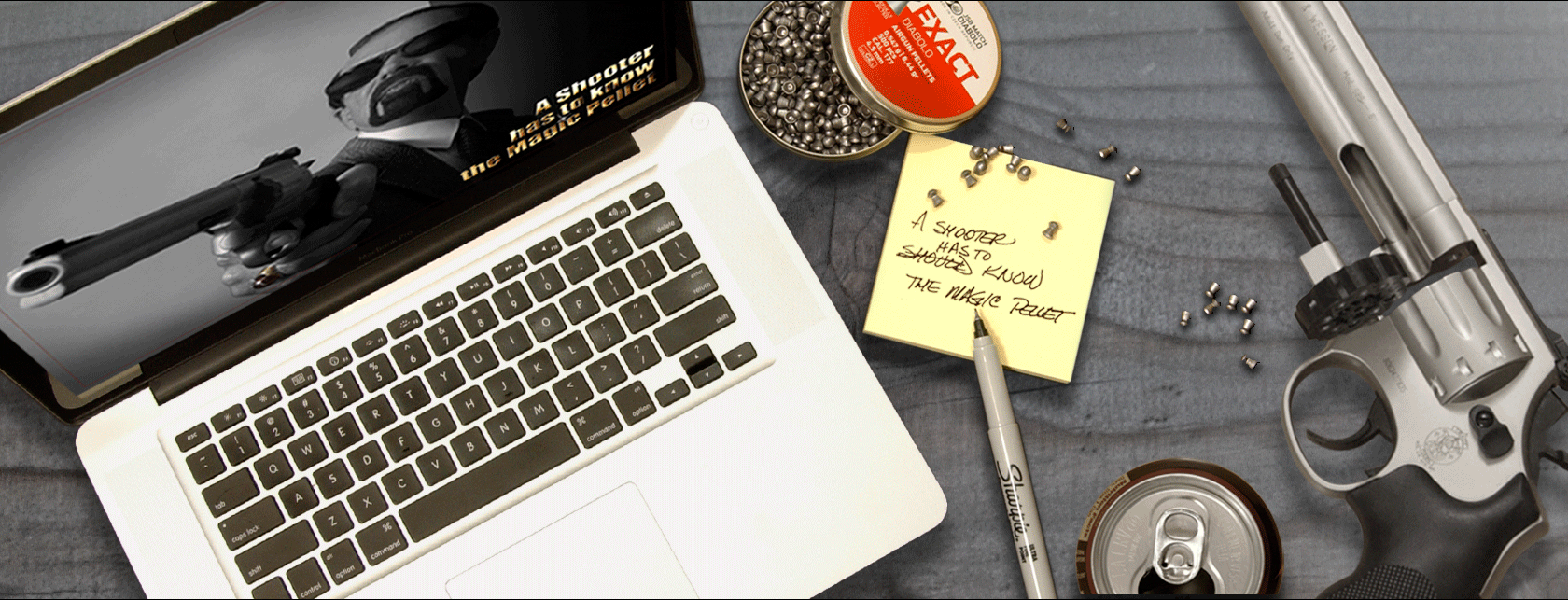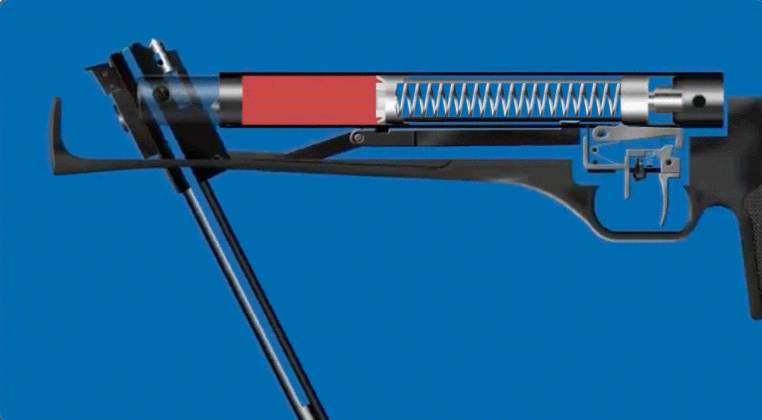Air Rifles
Did you know that practically any air gun can be accurate? Did you know that velocity is only half the equation when it comes to air gun power? Did you know that using the “artillery hold” when firing a spring-piston air gun is a waste of time myth? Did you know that all spring-piston or gas-piston air guns have the same power regardless of caliber?








